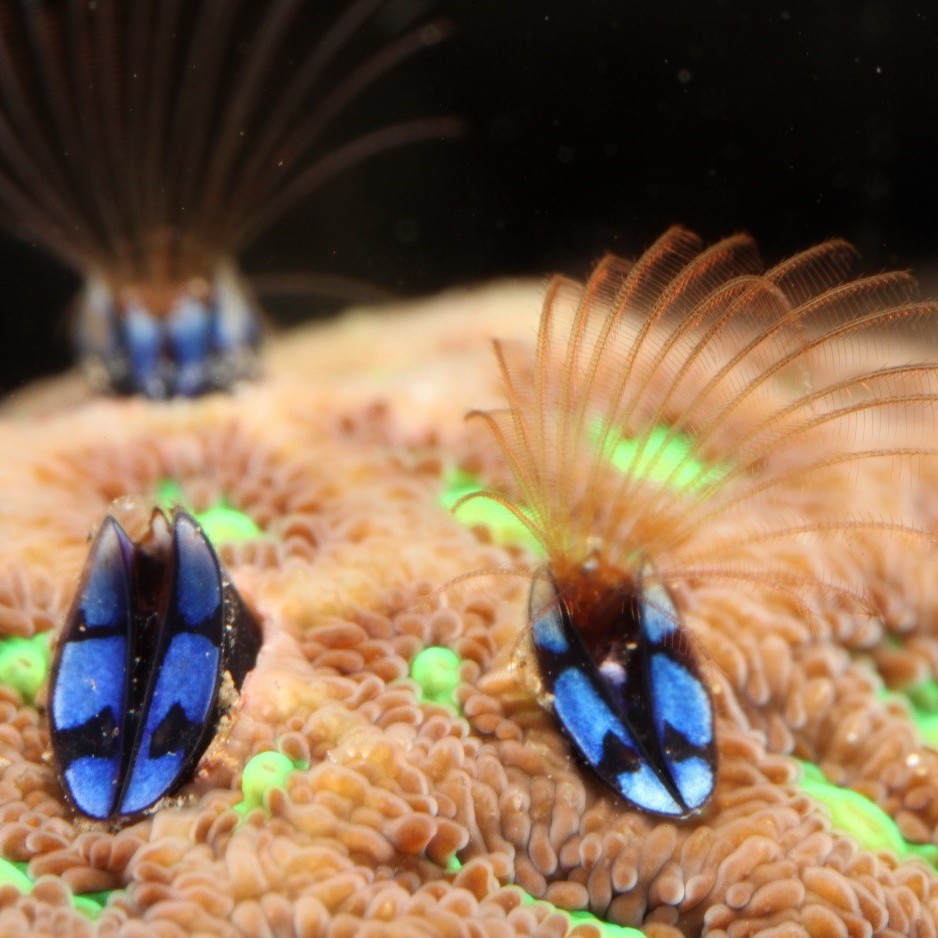
4/10 10:00_陳國勤研究員_Barnacles as A Tractable Model for Studying Diversity Pattern, Phylogeography, Ecology and Evolution of the Indo-Pacific Marine Fauna: Tiny Creatures Lead to Great Scientific Breakthrough
PI Seminar
(Marine Biodiversity and Ecosystems)
時間:2023. 04. 10 Mon. 10:00
地 點: 細胞與個體生物學研究所1樓演講廳
演講者:陳國勤研究員/代理主任
中央研究院生物多樣性研究中心
講題:Barnacles as A Tractable Model for Studying Diversity Pattern, Phylogeography, Ecology and Evolution of the Indo-Pacific Marine Fauna: Tiny Creatures Lead to Great Scientific Breakthrough
主持人:李奇鴻特聘研究員
摘要
The Indo-Pacific is a hotspot of global marine biodiversity. However, we know very little in the species diversity and drivers responsible for the high biodiversity in this region. In the past 20 years, I have published 193 SCI papers, using barnacles as model to study diversity pattern, phylogeography, ecology and evolution of intertidal, coral and sponge associated, and deep-sea hydrothermal vent fauna in the Indo-Pacific. Barnacles can serve as tractable models for oceanographic and paleo-ecological studies because of their abundant distribution in all marine habitats, diversified morphological forms, and bi-phasic life cycle with sessile adults and planktonic larvae. In early 2000, the cryptic diversity of widely distributed intertidal species was understudied. My phylogeography studies on intertidal barnacles in the Indo-Pacific provided the first molecular evidence confirming that many intertidal barnacle species had several morphologically-similar cryptic species, and the diversity pattern was resulted from the ‘Center of Accumulation’ mechanism. I have collaborated with the deep-sea research teams in Japan (JAMSTEC), France (Musée d'histoire naturelle) and Korea (KIOST) to conduct the pioneer research on the biodiversity and phylogeography of deep-sea hydrothermal vent barnacles in the South Pacific and Indian Ocean using molecular ecology approach. Molecular phylogeny and fossil evidence indicated that Neolepas barnacle in the Indian Ocean vents was migrated from the southern Pacific to the Indian Ocean through the Southern Ocean, this has provided key evidence against the traditional ‘dispersal corridor’ hypothesis. Coral reef houses the greatest biodiversity in the marine environment, especially the symbiotic invertebrates which cover a continuum of host-specificity. Knowledge of the settlement mechanisms of symbiont larvae on their hosts and evolution of their symbiotic life style are lacking. This is an essential step to understand the diversity pattern and host-specificity of coral and sponge symbionts. However, the extreme difficulties of culturing symbiont larvae and conducting settlement experiments on their live hosts have long limited the research development. My study broke through such bottleneck and unlocked the settlement mechanisms of symbiotic larvae on their corals and sponge hosts. The shape of settlement organs of coral- and sponge-associated barnacle larvae is resulted from host-driven adaptive evolution events. Host-specificity of coral- and sponge-associated barnacles is affected by the settlement behaviour of larvae.
~歡迎踴躍參加~
~與會者建議配戴口罩~





